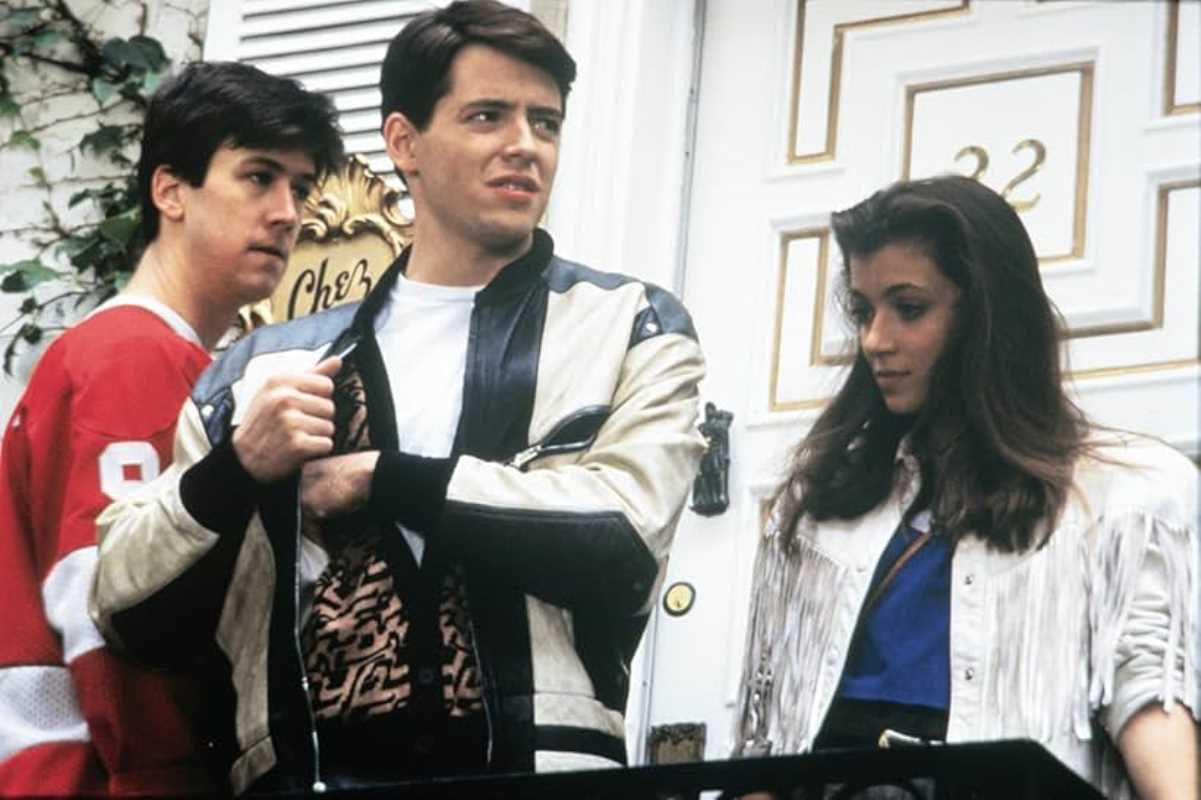The world of music is vast and varied, with something to suit every taste and mood. Beyond the mainstream lies a fascinating array of niche music genres, each with its own unique history and dedicated following. From the obscure to the avant-garde, these genres not only enrich the musical landscape but also challenge our perceptions of what music can be. This exploration into niche music genres offers a glimpse into the lesser-known corners of the musical world, where innovation and tradition merge in unexpected ways.
Chap-Hop: A Gentleman's Rap
Chap-hop brings an intriguing twist to conventional rap by infusing it with elements of 19th-century Victorian England. Artists like Professor Elemental and Mr. B The Gentleman Rhymer use the sounds of the period, such as classical orchestral notes and antiquated slang, to deliver rhymes about tea, cricket, and proper manners. This genre is celebrated for its wit and clever lyrics, providing a refreshing change for those seeking something out of the ordinary in the rap scene.
The charm of chap-hop lies in its blend of humor and old-world style, creating a uniquely engaging musical experience that transports listeners to a bygone era while still feeling incredibly modern and relevant.
Lowercase: The Quiet Intensity
Lowercase music takes minimalism to an extreme, focusing on amplifying the sounds that are typically unheard. This genre explores the quietude of slight noises, including rustling paper, clicking sounds, or muted, ambient noises that are often overlooked in daily life. Artists in this genre utilize a wide range of unconventional sound sources and amplify these to a level where they become the focus of the music.
This exploration of near-silence invites listeners to redefine their understanding of music and sound, emphasizing the idea that there is music all around us, even in the quietest whispers of our environment.
Psybient: Electronic Meets Psychedelic
Psybient, also known as psychedelic ambient, is a genre that combines elements of ambient music and psychedelic trance. This genre creates a vast, immersive soundscape that encourages deep contemplation and relaxation. Artists like Shpongle and Ott are known for their use of synthetic textures and organic samples to craft layers of sound that evolve gradually over long stretches of time.
Listeners of psybient are often drawn to its ability to serve as both a backdrop to meditation and an active invitation to journey through abstract and dreamlike states, making it popular within the chillout rooms at dance festivals.
Gypsy Jazz: Vibrant Strings
Gypsy jazz, or jazz manouche, originated in the 1930s with guitarist Django Reinhardt. Characterized by its swinging rhythm, fast-paced guitar, and violin harmonies, this genre brings the vibrant energy of Romani music traditions to the forefront. The acoustic allure of this music lies in its complex guitar techniques and lively performances, making it infectious and timeless.
This genre remains a favorite for those who appreciate acoustic string music with a brisk, engaging pace that encourages an upbeat mood and toe-tapping response.
Vaporwave: A Retro-Digital Aesthetic
Vaporwave is a microgenre of electronic music that emerged in the early 2010s, known for its critique of consumer culture and its nostalgic reverence for the 1980s and 1990s. It incorporates visual art and sound to create a sense of ironic detachment from reality, often using chopped and screwed samples from elevator music, smooth jazz, and vintage commercials.
Despite its niche status, vaporwave has influenced the broader culture and music, highlighting how digital media can manipulate our sense of time and nostalgia.
Neoclassical Dark Wave: The Melancholic Blend
Neoclassical dark wave combines elements of gothic rock and dark wave with classical music, creating an ethereal, somber mood. Artists like Dead Can Dance and Sopor Aeternus use lush string arrangements, choral vocals, and medieval themes to convey stories of sorrow and beauty. This genre appeals to those who enjoy the depth and emotional intensity of classical music with a modern, darker twist.
The evocative power of neoclassical dark wave lies in its ability to weave deep emotions with intricate melodies, offering a cathartic experience for listeners drawn to the melancholic side of music.
Sea Shanties: Maritime Melodies
Revitalized by social media, sea shanties have captured the imagination of a new generation. These work songs, historically sung by sailors to coordinate efforts on large ships, are characterized by their rhythmic, call-and-response structure. Modern renditions still carry the echo of the open sea, telling tales of adventure, toil, and the ocean’s vast expanse.
The resurgence of interest in sea shanties highlights a collective yearning for connection and the simple joys of song, proving that even the most niche genres can find a place in the modern musical landscape.
By diving into these lesser-known musical realms, listeners can discover the rich diversity of sounds that the world has to offer. Exploring niche music genres not only broadens musical horizons but also deepens appreciation for the myriad ways in which human creativity expresses itself through sound. Whether through the quiet introspection of lowercase or the vibrant strums of gypsy jazz, each genre offers a unique window into the endless possibilities of musical expression.
 (Image via
(Image via





